An online food ordering system plays a key role in the restaurant industry, allowing customers to place orders and pay for them, while allowing your restaurant to receive orders, update inventory information, and access valuable customer data. In this article, you can learn about the most important features to look for when choosing your system.
Table of Contents:
- Defining the Restaurant Industry
- An Online Food Ordering System Explained
- Why is an Online Food Ordering System So Important for Restaurants?
- How Does a Restaurant Online Food Ordering System Work?
- The Customer Creates an Account and Decides on Their Order
- The Customer Chooses a Payment Method and Places an Order
- Your Restaurant Receives the Order, and a Confirmation Is Sent
- Some of Your Restaurant’s Company Data Is Updated Automatically
- The System Provides the Customer With Updates About Their Order
- Information About All Customer Orders Is Retained by the System
- Must-Have Features of an Online Food Ordering System
- Ability to Create Customer Profiles
- Quick and Easy Menu Creation
- Menu Search Tools for Customers
- Order Flexibility and Customization
- User-Friendly Ordering Experience
- Support for Various Payment Methods
- Complete Visibility Into Food Orders
- Real-Time GPS Food Delivery Tracking
- Live Chat or AI Restaurant Chatbots
- Reward, Loyalty, and Discount Programs
- Reviews and Customer Feedback
- Integration with Social Media Platforms
- Comprehensive Notifications System
- Ability to Access Order Histories
- Third-Party App Integration Options
- How to Select the Ideal Food Ordering System
- Understanding Restaurant Management Software
- The Latest Restaurant Technology Solutions
- Tips for Finding a Restaurant Ordering System
Defining the Restaurant Industry
Before diving into the key features of a good online food ordering system, it is important to explain how the restaurant industry is defined, which businesses are included and which are not. A good starting point is to focus on the word ‘restaurant’, with a restaurant meaning a business that prepares and serves food to customers.
Simply put, the restaurant industry covers preparing meals that can be eaten on-site. This includes independent restaurants, chain restaurants, cafes, fast food restaurants and pop-up restaurants. While most accepted definitions require food served on the premises, many restaurants offer takeaway services.
In the “Restaurant Industry: Overview, Types, Examples and More” article, you can learn about the restaurant industry, how it is defined, how it differs from the food service industry, and the types of restaurants included.
An Online Food Ordering System Explained
Within the restaurant industry, an online food ordering system allows customers to place food orders online. Such a system is primarily deployed to facilitate takeaway orders and food delivery orders. Still, the same system could also be used to allow for self-service orders to be placed from within the restaurant itself.
Online ordering systems allow for a relatively simple user experience. The customer uses a digital device, such as a computer, tablet or smartphone, to browse your restaurant’s menu. This can typically be accessed through your own website, through your own dedicated restaurant app, or through a third-party website or app.
The customer can then add and remove items from their order, place the order, and, in many cases, pay for it using a card or digital wallet. Customers can choose whether to pick up the order, have it delivered, or eat in the restaurant. Your restaurant then receives the order information, and the staff can prepare the meal.
Often, an online ordering system will automatically update your inventory information as orders are placed. You can also use the ordering system to track the popularity of different items on your menu.
Why is an Online Food Ordering System So Important for Restaurants?
Having a high-quality online food ordering system in place can be crucial for restaurants in today’s industry, enhancing the customer experience by making it easier to order food. At the same time, it can expand the restaurant’s reach by facilitating takeaway and food delivery orders and making it easier for employees to manage and respond to orders as and when they come in. Therefore, the right system can boost restaurant efficiency.
While many restaurants rely on third-party platforms to manage online orders, having an online food ordering system of your own can pay off from a financial perspective. Unlike third-party platforms, there are no listing fees, commission fees, or other hidden costs to pay. Your restaurant keeps all of the money from each order. You also receive customer data, which can be valuable for marketing and customer service reasons.
From a restaurant marketing perspective, an online ordering system gives your business a stronger online presence. It allows your website visitors or app users to act by placing an order at the moment when their interest is likely to be at its peak. An online ordering system also allows each customer to spend time browsing the menu and adding new items, which can lead to more revenue when compared to telephone orders.
Good online food ordering systems integrate with other systems, too, allowing you to track performance, update inventory information in real-time, monitor communication with customers, and provide live updates on order progress.
How Does a Restaurant Online Food Ordering System Work?
In the sections that follow, you can learn about how an online food ordering system typically works, step-by-step:
Video: How Does the Online Ordering System Work?
1. The Customer Creates an Account and Decides on Their Order
An online food ordering system can be accessed online, often from your restaurant’s website or a dedicated mobile app. The customer uses the online ordering system to browse through your menu, check prices, add items to their order, remove items from their order, and get ready to place the order. This initial step may also include an account sign-up process, allowing customers to place orders more quickly in the future.
2. The Customer Chooses a Payment Method and Places an Order
Once the customer is satisfied with their order, they can select their preferred delivery or collection time from the online food ordering system, choose their preferred payment method, place the order, and pay for it. Those with restaurant management or website and app design duties can decide which payment methods to accept. There may also be an option for customers to add special requests, delivery instructions, or other important information.
3. Your Restaurant Receives the Order, and a Confirmation Is Sent
After placing the order, the online food ordering system sends the information to your restaurant. Your employees can then see the details, including the food ordered, the time requested, and the delivery address. At the same time, confirmation of the order being received is sent to the customer, either through the app, or via email.
4. Some of Your Restaurant’s Company Data Is Updated Automatically
With a high-quality online food ordering system, you can integrate the system with your existing company data. This means you can set up your ordering system to automatically update inventory information and revenue information as orders are placed. Automation of this kind can assist you in your restaurant revenue management efforts.
5. The System Provides the Customer With Updates About Their Order
As your restaurant prepares the food, the customer receives status updates. This could include an estimated time for delivery, or an estimated time for collection. If the order is being delivered, the customer may be alerted when the driver is en route. If the order is for collection, the customer is told when to pick up their order.
6. Information About All Customer Orders Is Retained by the System
Finally, information about each order placed through an online food ordering system is automatically retained by the system. This allows you to analyze the data for strategic purposes and allows customers to access past orders. In many cases, it also allows customers to order the same food again in the future quickly.
Must-Have Features of an Online Food Ordering System
The sections below outline some of the must-have features you should look for in an online food ordering system:
1. Ability to Create Customer Profiles
The first must-have feature is the ability to create user profiles. This allows customers to create an account, save details like their address and payment information, and place orders more quickly. A high-quality online food ordering system will allow customers to create accounts swiftly. It is important that all customer information is kept safe and that sensitive information like passwords and payment information is secure.
2. Quick and Easy Menu Creation
Another important feature of your chosen online food ordering system is the option to create an online menu, complete with pricing information and item descriptions. It should also be easy to update this menu when your restaurant adds new items to the menu, or when you want to adjust your pricing strategy. Quick and easy menu customization also allows you to add special offers or limited-time menu items.
3. Menu Search Tools for Customers
Ultimately, you want your online food ordering system to facilitate more orders, which means you need the user experience to be good. A feature that can be invaluable here is a search option, allowing customers to find menu items they are looking for quickly. This is especially useful if your restaurant has an extensive menu. You could also include filters, allowing customers to quickly find vegetarian meals, vegan meals, or gluten-free meals.
4. Order Flexibility and Customization
Next, the most suitable online food ordering system will provide a degree of flexibility and customization to the ordering process. This could include adding custom toppings to a pizza, removing specific ingredients from an item on the menu, or an option to enter any special requests or special delivery instructions. Customers should also have options for getting their food as soon as possible or scheduling an order for a specific time.
5. User-Friendly Ordering Experience
An online food ordering system should help customers place food orders more easily than through conventional methods, like visiting your restaurant in-person or using the telephone. When choosing a system, you need to make it easy to place an order. The ordering process should be swift and logical. It should be possible to place past orders again, save payment details, and add and remove items. All text should be clear and easy to read.
6. Support for Various Payment Methods
At minimum, a good online food ordering system should allow your restaurant to accept card payments, while also providing the option for customers to pay upon arrival or at the door using cash. However, the best systems also provide support for a wider range of payment methods, with examples including PayPal, Apple Pay, Google Pay, and restaurant vouchers. All payment methods should be secure and reliable so you can maximize orders.
7. Complete Visibility Into Food Orders
When exploring the different options for an online food ordering system, you should prioritize order visibility. In other words, you want to use a system that provides as much information about each order as possible. For example, the system should tell you what food has been ordered, the customer’s name, their address, how many previous orders they have placed, the current status of their order, special requests, and the payment method.
8. Real-Time GPS Food Delivery Tracking
If your restaurant provides a delivery service, you can reduce employee workloads and provide a superior customer experience if you opt for an online food ordering system that provides real-time GPS tracking. This allows customers to see precisely where the vehicle delivering their food is. Providing this level of transparency helps to avoid phone calls requesting updates and potentially enables you to monitor driver behavior, too.
9. Live Chat or AI Restaurant Chatbots
For customer service purposes, the gold standard for an online food ordering system is a live chat function. This allows customers to alert the restaurant to missing items from an order, make a complaint, request a refund, or cancel an order. A staff member could monitor the live chat, but AI-powered restaurant chatbots may be able to cope with basic requests, while a staff member can take over if the chatbot cannot resolve the issue.
Video: A 2 Minute Look at a Restaurant Chatbot: Smarter Demos Series
10. Reward, Loyalty, and Discount Programs
A great way to keep customers returning to your restaurant is to use an online food ordering system that supports a loyalty, rewards, or discount program. A common option is to provide customers with a discount for every fifth order they make, or to offer discount codes during specific times of the year. Reward or loyalty schemes provide a clear incentive for customers to order from your restaurant repeatedly.
11. Reviews and Customer Feedback
One of the very best ways to attract more orders through your online food ordering system is to provide a facility for customers to add reviews or customer feedback. This serves as a form of social proof and can help to convince people who are on the fence about ordering from you. An ordering system that allows for reviews to be posted is especially beneficial if you are confident that your restaurant offers great food and great service.
12. Integration with Social Media Platforms
The top end of online food ordering system options will also offer some level of integration with social media platforms, like Facebook and Instagram. This could be as simple as allowing users to register with their Facebook account, or allowing users to communicate with your restaurant through Facebook Messenger. Some ordering systems go further, allowing customers to upload photos of their meal, which then serves as user-generated marketing content.
13. Comprehensive Notifications System
A key part of providing an excellent customer experience with an online food ordering system is transparency. Customers want to know the status of their order and when they can expect it. For this reason, top online ordering systems will include a high-quality notifications system. This should alert users when food is ready to be collected, when it is out for delivery, and when a delay has occurred. Push notifications can also be used to promote special offers, meaning the alerts system can help with restaurant advertising, too.
14. Ability to Access Order Histories
The option to access past orders is beneficial for customers, restaurant staff, restaurant owners, and those with restaurant management revenue duties. For customers, accessing order information allows orders to be placed again in the future and can also assist with feedback and complaints. For restaurants, this data can be analyzed to compare the popularity of different menu items, respond to reviews, and to correct any mistakes.
15. Third-Party App Integration Options
A great online food ordering system should be able to be integrated with third-party applications and tools. This could include third-party ordering systems, revenue management systems, and restaurant management software. Examples of this integration could include sharing data between apps, updating menu items across multiple online food ordering systems at once, automatically updating inventory information, and more.
How to Select the Ideal Food Ordering System
An online food ordering system is an important investment, but it is not the only type of food ordering system available. Meanwhile, the features of a food ordering system are important. Still, there are other factors to consider, including your budget, the kind of data you want to collect, and the integration options you need.
In the “Food Ordering System: How to Choose the Best One for Your Property?” article, you can access crucial information that will help you to decide on the best system for your restaurant.
Understanding Restaurant Management Software
Aside from investing in a great online food ordering system, you should also identify the perfect restaurant management software. These solutions can benefit traditional restaurant management, hotel restaurant management, and more. Examples include employee management software, CRM software, and point-of-sale systems.
In the “Restaurant Management Software: A Complete Overview” article, you can view a breakdown of valuable tools for successful restaurant management and explore some of the key benefits of investing in these.
The Latest Restaurant Technology Solutions
Your online food ordering system is one of the most important technology investments you can make. However, there are several other technology solutions you should consider, with examples ranging from digital kitchen display screens, to air purification systems and virtual reality technology.
In the “Latest Restaurant Technology Trends You Need to Know About“, you can explore the key emerging trends and gain a deeper understanding of why it is so important to keep up with the latest technology.
Tips for Finding a Restaurant Ordering System
Your online food ordering system is crucial for dealing with takeaway and food delivery orders, but you also need to make sure your ordering system can handle on-site orders too. Check that shortlisted systems provide the experience you are looking for, are easy for employees to use and can be integrated with wider restaurant data.
In the “Restaurant Ordering System: Tips for Restaurateurs When Choosing One” article, you can access useful tips and strategies that will help you to evaluate different options on the market and choose the right one.
Online Food Ordering System FAQs
An online food ordering system is an important investment for many restaurants, facilitating takeaway and food delivery orders, as well as on-site orders. The best systems will offer a variety of key features, ranging from user profiles, to support various payment methods and the ability to access order histories.
More Tips to Grow Your Business
Revfine.com is the leading knowledge platform for the hospitality and travel industry. Professionals use our insights, strategies, and actionable tips to get inspired, optimize revenue, innovate processes, and improve customer experience.Explore expert advice on management, marketing, revenue management, operations, software, and technology in our dedicated Hotel, Hospitality, and Travel & Tourism categories.
This article is written by:
Hi, I am Martijn Barten, founder of Revfine.com. With 20 years of experience in the hospitality industry, I specialize in optimizing revenue by combining revenue management with marketing strategies. I have successfully developed, implemented, and managed revenue management and marketing strategies for individual properties and multi-property portfolios.

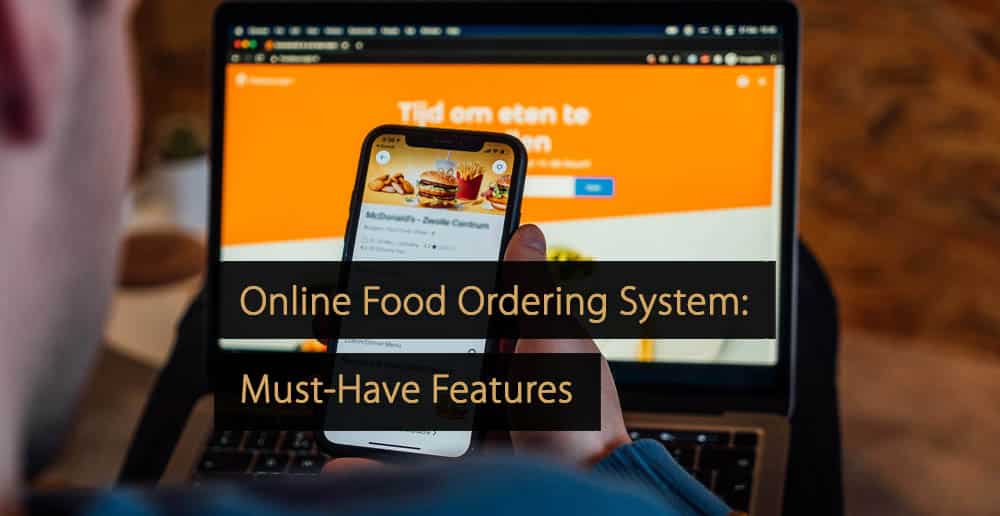
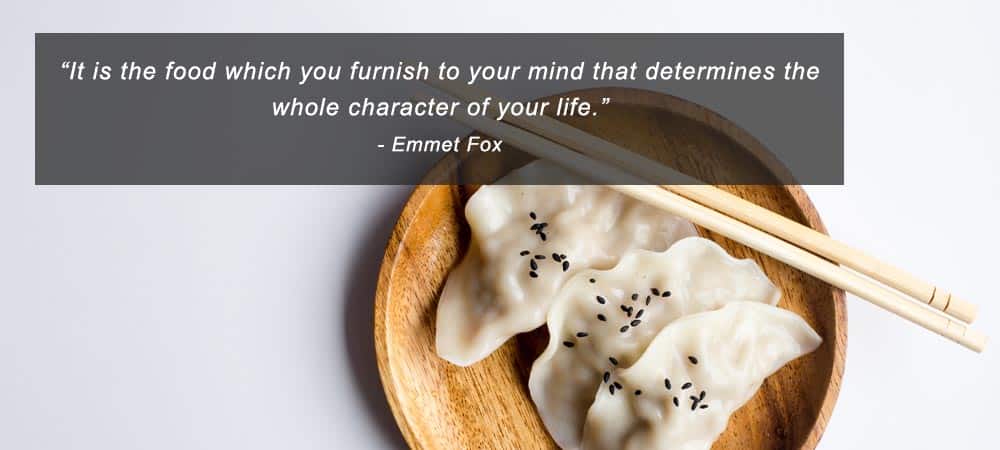




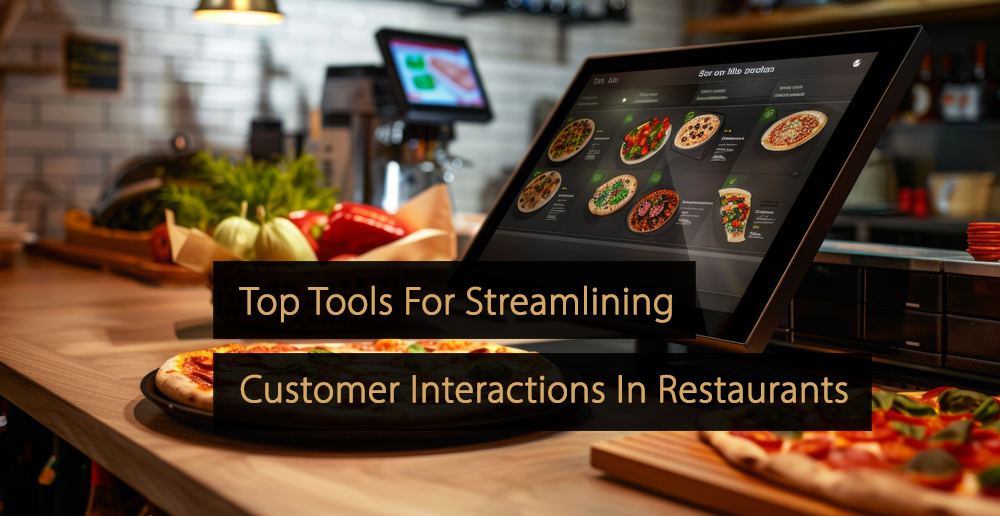
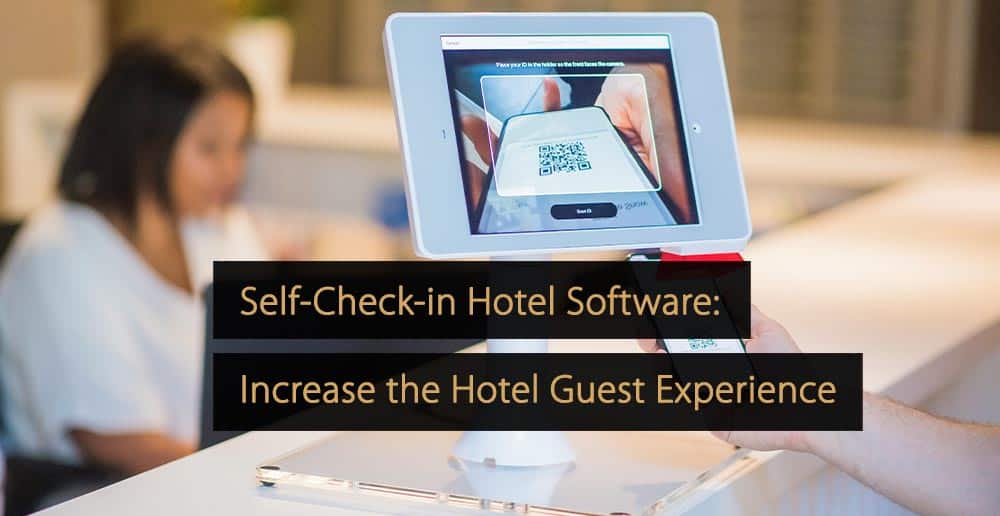
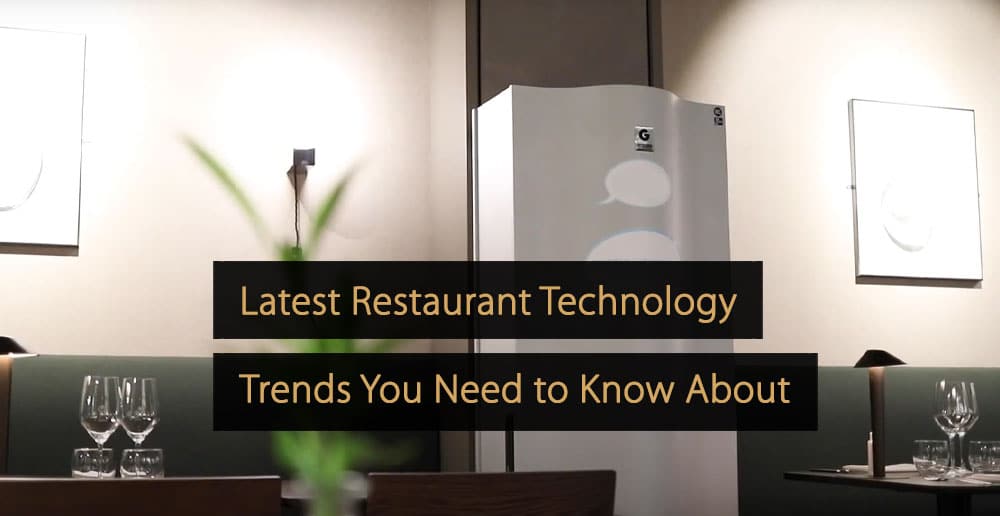
Thank you for the valuable information about the restaurant industry; very helpful for restaurant owners.
I am orientating on choosing the right food ordering system at the moment. Thanks for the valuable information. Very helpful. I subscribed to your blog.